 Dana MacPhee, director of Uist Wool, is here today to talk about the development of their mill and training programme. The Uist Wool Mill will spin local and other fleece for local craftspersons and for selling outwith the islands. The project seeks to help to revitalise this traditiona
Dana MacPhee, director of Uist Wool, is here today to talk about the development of their mill and training programme. The Uist Wool Mill will spin local and other fleece for local craftspersons and for selling outwith the islands. The project seeks to help to revitalise this traditiona
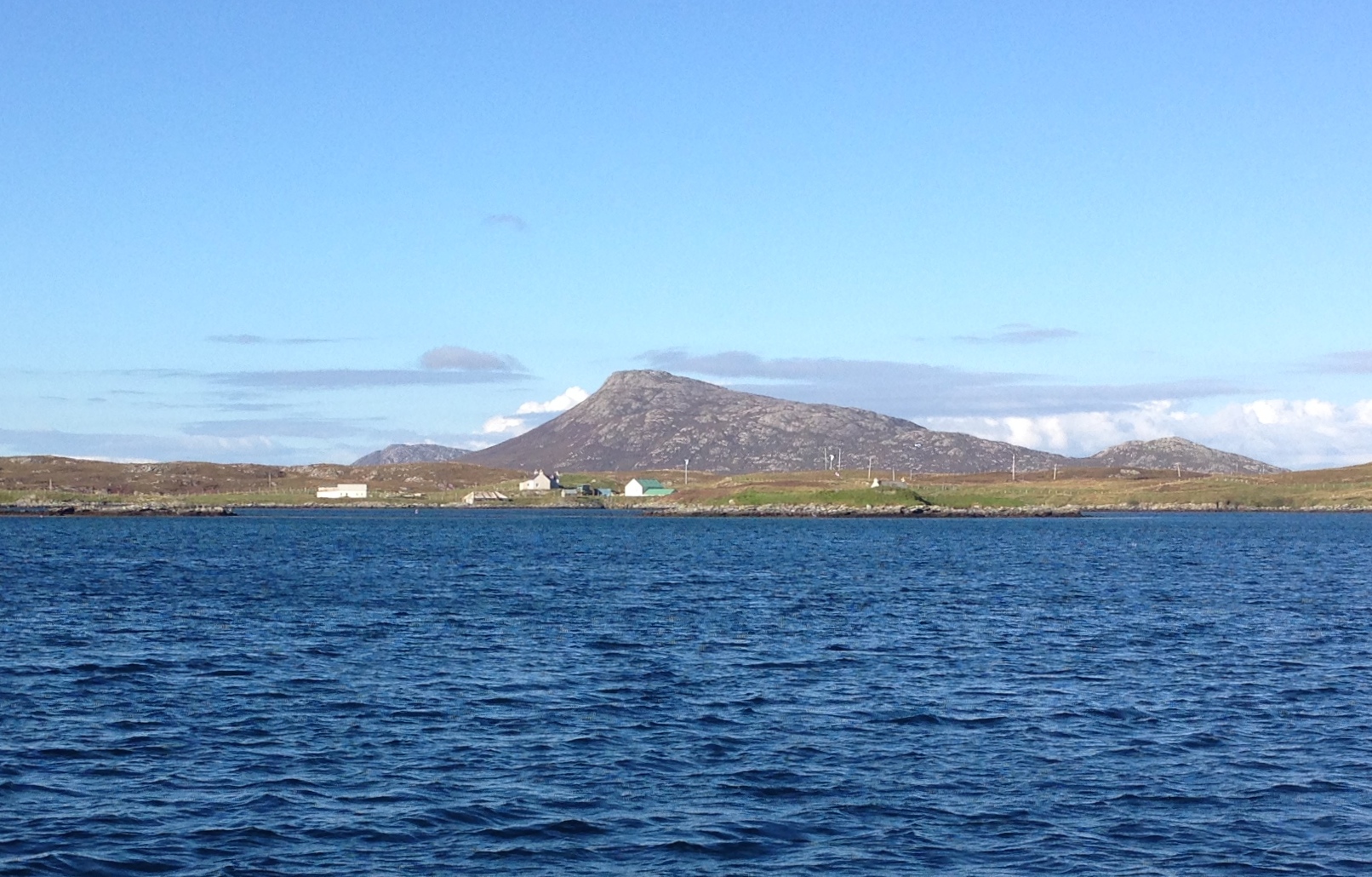
I grew up in a time and place that often gets romanticised as being wild, remote, on the edge and distant. Occasionally making the pages of the national press when hedgehogs are slaughtered to preserve bird life or a retired oil-rig crashes ashore in a gale.
The Outer Hebrides – to me – is not remote, on the edge or distant and I physically wince when I hear these words used to describe the place I live. In 2016 I feel totally connected to the rest of the world through technology, transport and television.
Islanders have always had an outward looking attitude and I feel the same way. Many leave to find work on the mainland but still feel very emotive about their origins and frequently return to top up their cultural essence – buying Stornoway black puddings, peat-smoked sea salt and candles called Seilebost to carry a tangible part of the Hebrides back home. The people involved in these businesses have put their energy into making something work for their communities, providing employment and opportunities to keep the circle of life turning in the Outer Hebrides.
My motivation to get involved with Uist Wool was born from this belief and in the old movie cliché, “Let’s do a show and do it right here!” – usually in some old creaky barn that mutates into a lush nightclub once they hang a mirror ball. We had the wool, the talent, the ambition, a heritage & tradition in wool-work and a few volunteers who felt the same way. This was the mantra of the Wool Development Group that formed here back in 2008.

Our current Chairperson, Mary Norton must get the credit for coming up with the idea of the mill. Her close friend is Libby Mills, who was one of the original founders of the successful Green Mountain Spinnery in Vermont, USA. Libby came to North Uist for a visit in early 2008 and saw the same conditions affecting local crofters as in the farms of Vermont in the late 1970’s. The price of wool was negligible, fleece was being dumped, buried or even burned – disposed of in any way possible. Surely there had to be a better way to use wool than this?
Spurred on by Libby’s story, the Wool Development Group (WDG) started to research the options for setting up a Mill in North Uist. It was at this point that I got involved with the project as a volunteer. The last spinning mill on the island had closed in 1965 and although local people recalled the industry the knowledge of mill engineering had disappeared from the community.
| EARLY DAYS
Undeterred, the WDG commissioned a major community consultation exercise and feasibility study undertaken by Louise Butler of Exfactor. This detailed report was completed in 2010 and gave us the evidence needed to present our plan to various funders and convince them the Mill was a viable proposition that could provide economic, social and cultural benefits to the area.
I’d love to say that the first funder we approached gave us the cash gladly. This wasn’t the case and we felt badly stung by the rejection. How could anyone say no to such a great idea? Thus, the long trek to getting the finance to build the Mill started.
In the meantime, we had a few major decisions to make. What type of mill machinery should be installed; all new or pre-loved? After a lot of deliberation the choice was made to go with older, mechanical machinery that could be repaired locally if needed. We had nothing against the all-new Belfast mini-mill kit (we bought one spinner/plyer which is great) it was just a concern that relying on an electronic brain might be too risky for us…..and to be honest heritage machinery looks and sounds so much better!
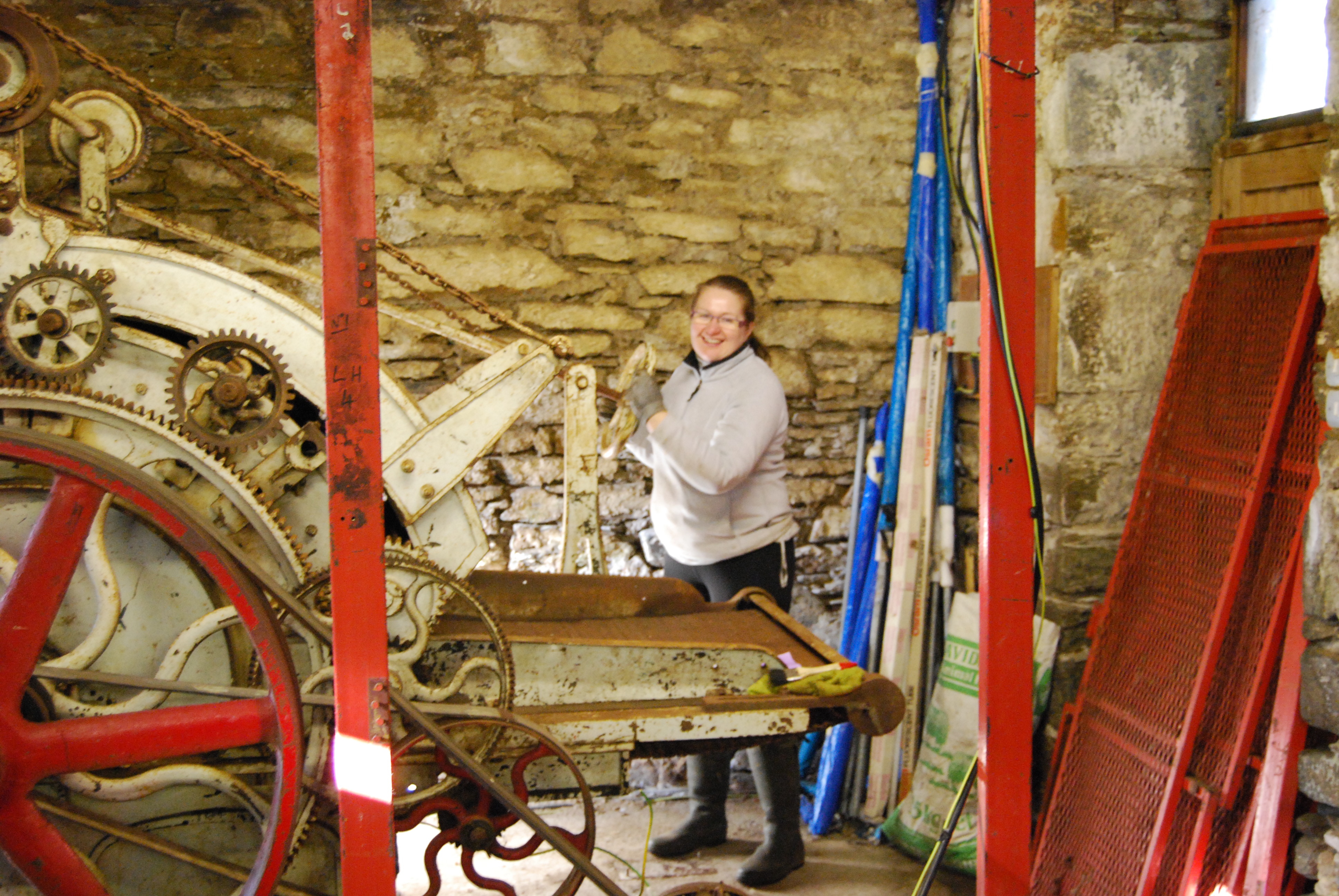
With a bit of detective work, a suitable set of spinning machinery was sourced in Argyll on the west coast of Scotland. The provenance of this equipment was rich and varied according to the previous owner. Some parts had a working life in Hunters of Brora, others over in Belfast and the Card may have started its career with J & J Crombie in Aberdeen back in the middle of the 19th Century. Additional machinery was found in Yorkshire and the pressure was now on to get the Mill built and the equipment relocated to North Uist.
On the legal side, Uist Wool was registered as a Community Benefit Society and Scottish Charity in Summer 2011 supporting our main aims in heritage & traditional textile crafts; education & training; community development and environmental protection. We are a non-profit organisation which could be classed as a social enterprise in the current charitable trading landscape. This governance structure allows Uist Wool to trade and put any profits back into the organisation to pursue our core aims. My personal campaign is to ensure that crofters and wool growers get a better return for their wool. If we do well as a Mill, the benefit gets passed back to the crofter or farmer with an increase in the annual wool clip payments. It might not be a huge sum at first but a small step towards turning the tide.
| TIME TO LEARN
Between 2010-12, alongside the hunt for the cash and the Card, a training programme was developed and with initial support from Awards for All and the European Social Fund the CALANAS project launched in June 2012. The structure was simple and offered three entry levels, Introduction to Wool-work, Intermediate Wool-work and Mill Craft Engineering Placement to run in parallel with the development of the Mill. Training took the form of short workshops and courses covering varied topics from the Archaeology of Sheep & Wool to Social Media, Natural Dyeing to Business Basics – fairly eclectic but designed to prepare people for a career in the industry or an enhanced understanding of wool-work to support their own interests or enterprises. A mix of practical and theoretical sessions lead by visiting tutors provided a flexible approach to the programme and kept the content fresh. Additional funding for CALANAS (Gaelic for Wool-work) was generously provided by the Heritage Lottery Fund and the Trusthouse Charitable Foundation.

A real highlight of CALANAS was spending time learning about fleece with Stephen Ballinger. former Regional Manager with the British Wool Marketing Board, now independent Fibre Consultant, who became our wool guru. Our wool grading system evolved through a lot of time spent in various sheds handling fleece with this fine gentleman who was happy to share his knowledge with all the trainees.
This professional openness has been the common denominator in all my dealings with different specialists in the wool sector. People have been keen to pass on their insights and experiences within the industry to help us move forward with our plans. No closed doors, no secrets, no rude words – just folks being kind. This means a lot when you’re a novice to the trade and trying hard to look like you know the difference between a doffer and a licker-in.

|HELLO BUILDERS!
Our next big step forward was securing a grant in 2012 from LEADER Innse Gall towards construction of the Mill and employing a part-time project co-ordinator. Up till this point I had been a volunteer but I was successful in applying for the post and established our first official base in the crofthouse adjacent to the Mill site on the island of Grimsay in North Uist.
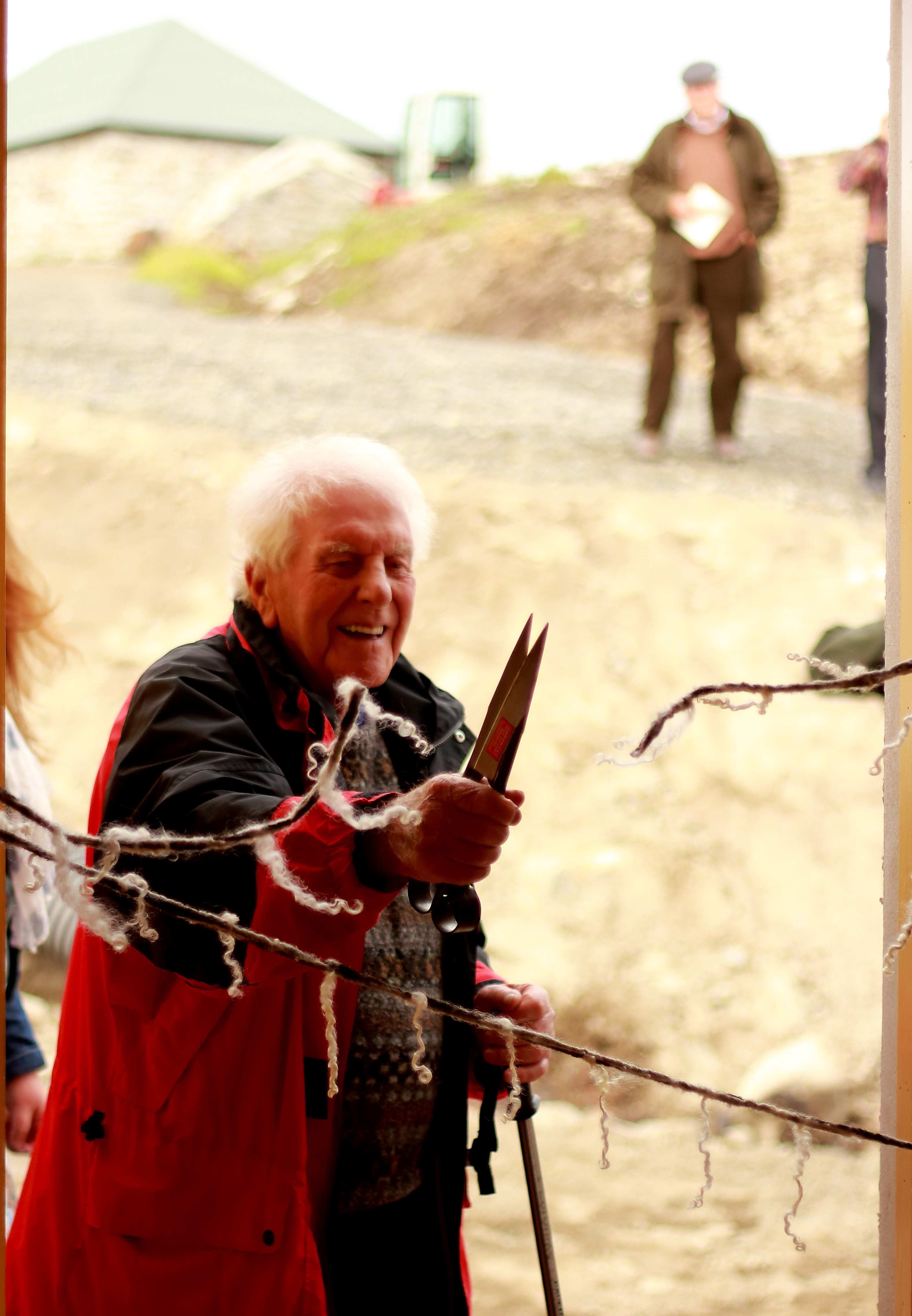
The new Mill building had a community opening in June 2013 and the hard work of restoring the relocated Argyll & Yorkshire machinery got underway on site. Everything had to be stripped down, cleaned and re-built. It was a real grind for the Mill training placements and there aren’t any guidance manuals to show you how to do this work. Luckily we had an ace up our sleeve in the shape of D.A Murray, Chief Engineer at Shawbost Mill /Harris Tweed Hebrides. This modern magician of industrial spinning acted as our regular tutor for the Mill Craft Engineering placements. Additional instruction was provided by Keith Wild who at that time worked at Knockando Wool Mill, in Morayshire.
Naively we thought that wool could be sorted and graded in the Mill. Oh dear, how wrong can you be? An opportune application to a time-limited Scottish Government initiative, the Enterprise Ready Fund, brought us the Wool Shed in January 2014. This classic Nissan Hut is a very special place and has made an immense difference in how we manage our wool stock. We love our Wool Shed and everyone involved in handling fleece in quantity knows the value in having a dedicated place for this activity.
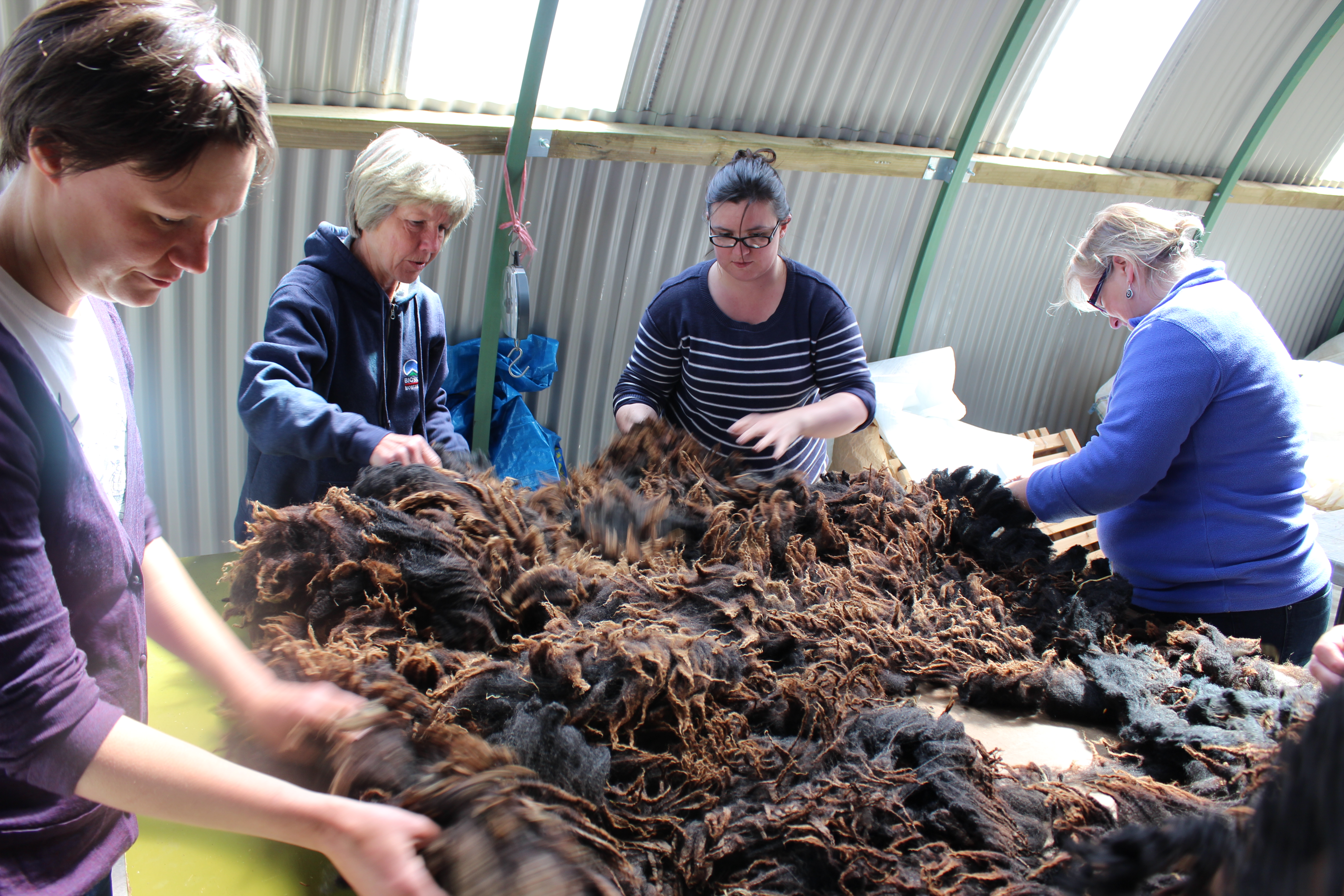
| PEOPLE & PLACE
In April 2016, the new team of employees started at Uist Wool. Two full-time engineers, Madeleine Ostling and Neil Monk; 3 part-time production assistants, Fiona Morrison, Margaret J. MacIsaac and Maggie Howarth; plus one full-time Director, me. Recently we’ve added another member to our happy band, Mill Manager, Hazel Smith. Of this group six took part in the CALANAS training programme.
I did a calculation recently to see how many applications have been made to get Uist Wool to this point in time, on the cusp of launching our yarns to the wider world. Out of 30 applications, 21 were successful and brought grant income of £955,000 into the project. It took me approximately 7 seconds to type that last sentence but it has taken us 7 years to do it.
When I do talks about Uist Wool people are always keen to know how we managed to build a mill and get to spin fabulous wool into beautiful yarns. For me, a lot of time sitting in a small, dark room typing, typing, typing. Reinventing the wheel each time to a new funder; ‘Explain the benefits to the community?’ ‘Who will your project benefit?’ ‘How many people will benefit from your project?’ and on, and on. You get the drift. I’ve had to visualise the Mill & Wool Centre in my head and put all the pieces together gradually over years. This hasn’t been a speedy project and each stage has inched forward slowly as we discover more about wool, the machinery, ourselves.
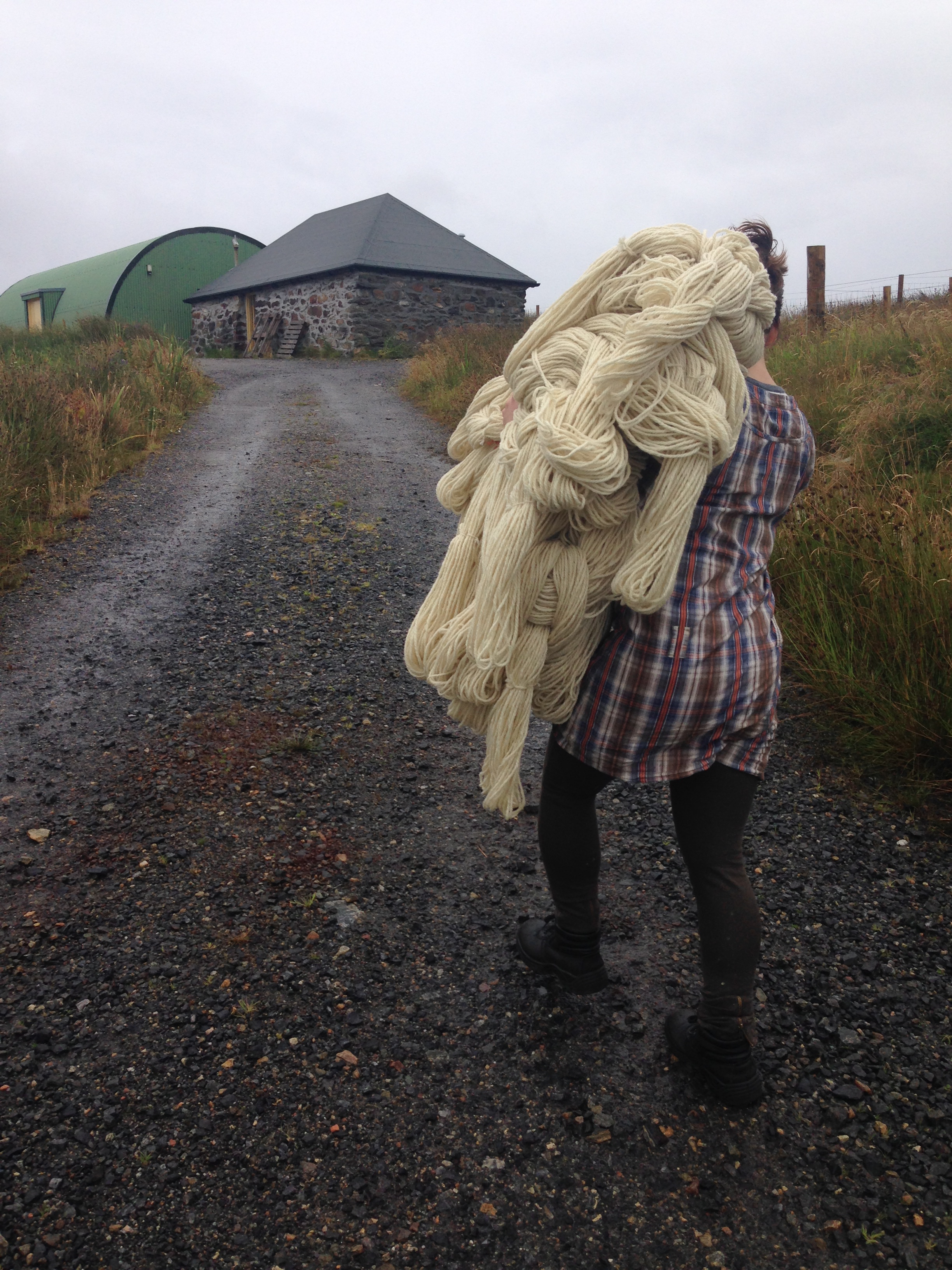
What outweighs all this keyboard punching is witnessing an idea come to life. The excitement of watching the excavator dig the first turf on the Mill site; the sunlight casting a shadow of the spinning frame onto the mill floor; getting the news that a Hebridean wool cloth made from Uist Wool yarn had been stamped with our first trademark Harris Tweed Orb and of course, sitting here listening to the steady rhythm of the Card combing the fibre in the Mill below. Small moments in the Uist Wool timeline but topping my chart are all the people who have put their faith, trust, energy and skill in making it all happen. Crofters donating their wool clip for training, community support at Open Days and agricultural shows and our trainees grinding away the rust from the spinning frame to give a few examples. Too many people to list names here but I have them in my head and know the individual efforts they’ve put in to Uist Wool.
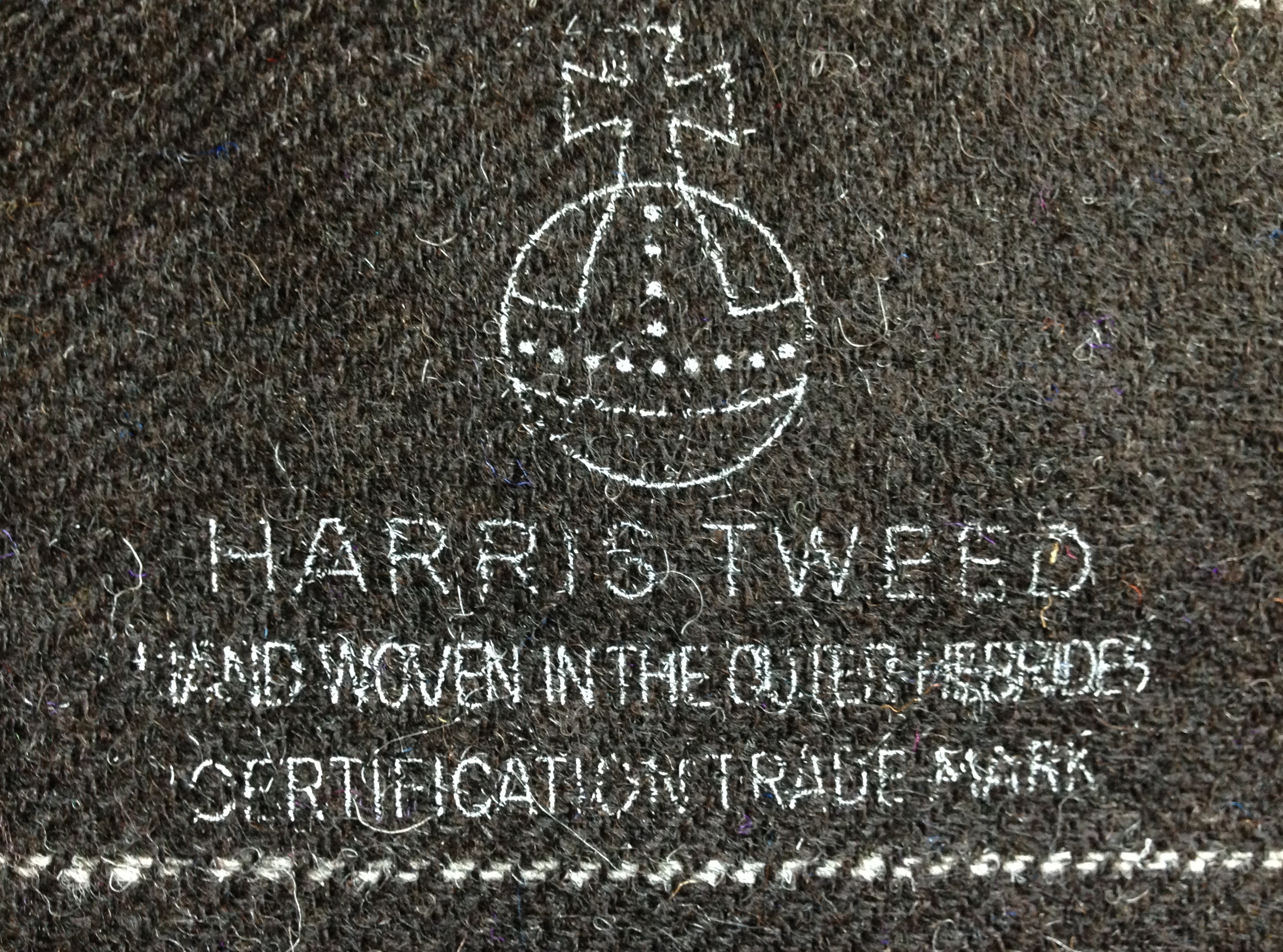
What now? With the completion of the Wool Centre my burning eye is falling towards the new website which is due to launch shortly. In March 2017, Uist Wool will take part for the first time at the Edinburgh Yarn Festival. We aim to commission new patterns for our wool and expand our Collections in knitting and weaving yarns.
It gives me great joy to see wool clip coming in, being graded, washed, dried, carded, spun and finished entirely on site in Grimsay. We treat the wool with loving care and value its origins but know the yarn must leave its birthplace and go exploring in the world, a little bit of our material culture in your hands – it feels good to share at long last.

Thanks so very much to Dana for this incredible look at the setting up of Uist Mill and their on-going development. The Uist Wool website is one of those ongoing developments, but for now you can find them on Facebook.